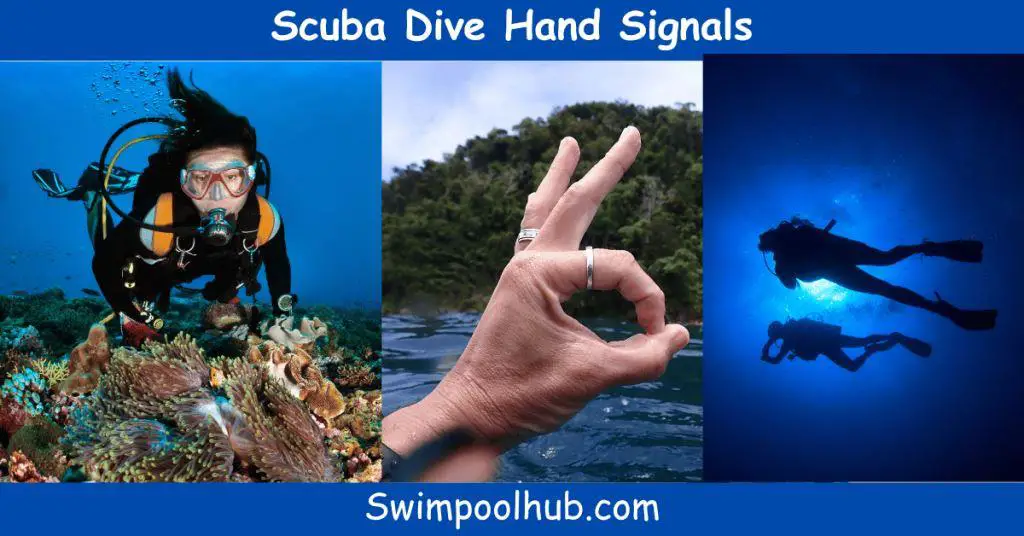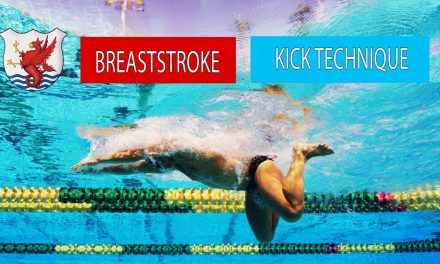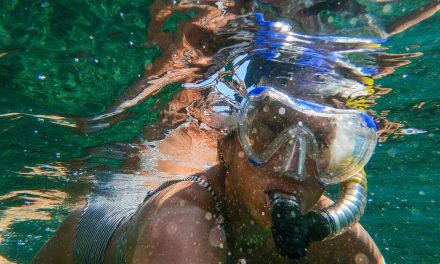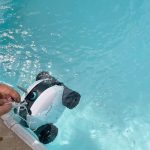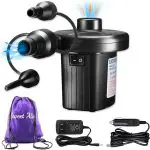Scuba dive hand signals are a crucial communication tool used by divers to convey messages underwater. Divers use specific hand movements to indicate various instructions and warnings to their dive buddies, such as to stop, descend, ascend, communicate, or indicate a specific marine animal or object to their attention.
These signals are essential for effective communication in the underwater environment, where verbal communication is not possible. By learning and familiarizing themselves with these hand signals, divers can ensure safety, maintain contact with their buddies, and enhance their overall diving experience.
Masters of these signals can effectively communicate with their dive partners without ever speaking a word, making diving a truly unique and immersive experience.
Importance Of Effective Underwater Communication
Effective underwater communication in scuba diving is crucial due to the challenges faced underwater. The inability to verbally communicate can lead to misunderstandings and potential dangers. Hand signals are used to convey messages such as “OK,” “stop,” or “ascend. ” These signals allow divers to share information about their safety and well-being.
Clear and concise hand signals are essential for rapid communication in emergency situations underwater. Additionally, effective communication helps divers coordinate their movements and share their experiences with each other. It is vital to remain attentive and ensure that the signals are understood by all divers.
Mastering scuba dive hand signals is an essential part of becoming a skilled and safe diver. By practicing and understanding these signals, divers can communicate effectively and enjoy their underwater adventures with confidence.
Basics Of Scuba Dive Hand Signals
Scuba dive hand signals play a vital role in communicating underwater. These gestures are essential to ensure safety and coordination among divers. There are several commonly used hand signals and each has its own specific meaning. For example, ascending and descending signals indicate the movement up or down.
Buddy separation signals help divers locate each other if they get separated. Equipment-related signals are used to indicate issues or adjustments with the gear. Safety and emergency signals are critical in case of any danger or distress. Demonstrating hand signals correctly is important for clear communication.
Hand positioning and clarity of gestures enhance understanding. Visual cues and body language also aid in conveying messages. Additionally, divers should master clearing masks and regulator use while signaling for effective communication in the underwater environment.
Advanced Scuba Dive Hand Signals
Advanced scuba dive hand signals include complex signals for specific situations, underwater wildlife encounters, navigation and direction signals, task-related signals for photography and exploration, nuances of non-verbal communication, eye contact and facial expressions, hand movement and speed, as well as techniques for maintaining contact with your buddy.
These signals play a crucial role in underwater communication, allowing divers to convey important messages without using their voice. Understanding and properly using these signals can enhance safety, efficiency, and enjoyment during scuba dives. By mastering these intricate hand signals, divers are able to communicate effectively in challenging and unpredictable underwater environments.
Whether encountering marine life, exploring new dive sites, or capturing memorable underwater photographs, the ability to communicate non-verbally is indispensable. With practice and experience, divers become adept at using these specialized signals, leading to better collaboration and seamless underwater communication with their dive buddies.
Tips For Effective Communication
Effective communication underwater is crucial for scuba divers. Before the dive, thorough briefings and planning should be conducted to ensure everyone understands the hand signals to be used. It is important to actively listen and observe your buddy’s signals throughout the dive.
Using simple gestures like pointing and thumbs up can facilitate clear communication. Adapting to different diving environments, such as wrecks or caves, requires understanding specific hand signals. In low visibility conditions, divers should rely on touch and physical contact for communication.
During night dives or when there is limited light, carrying a dive light and using light signals becomes essential. Additionally, communicating during drift dives can be challenging, so maintaining close proximity and using hand signals in tandem with verbal communication is recommended.
Scuba Dive Hand Signals For Special Situations
Scuba dive hand signals are essential for communicating in special situations underwater. These signals enable divers to alert others when in distress or during emergencies. Out-of-air signals allow divers to indicate low air supply to their buddy or dive professional.
Buddy assistance signals help in requesting assistance or finding a lost buddy. Communication with dive professionals such as divemasters or instructors is crucial for understanding instructions or discussing dive plans. Underwater activities require clear communication, and hand signals facilitate seamless interaction.
Wreck-diving hand signals assist in navigating and signaling potential hazards or points of interest. Similarly, cave diving hand signals help in communication within the restricted environment of a cave. Lastly, search and recovery hand signals enable divers to coordinate efforts and signal discoveries.
Mastering these hand signals is vital for safe and successful scuba dives.
Developing A Personalized Signaling System
Developing your personalized scuba diving hand signals can enhance communication within your diving team. Customizing hand signals allows for specific needs to be met and understood. Consistency and reinforcement of these signals during training is crucial for effective underwater communication.
Additionally, having an established system enables you to communicate with a non-diving buddy or unfamiliar divers, ensuring a safe and coordinated dive. Universal hand signals can serve as a basic communication tool, but adapting and modifying signals to ensure clarity is equally important.
By taking the time to establish and practice your own signaling system, you can improve communication efficiency and enhance the overall diving experience for everyone involved. So, grab your dive buddy and start developing your unique set of scuba dive hand signals today.
Frequently Asked Questions For Scuba Dive Hand Signals
Q: What Do Scuba Dive Hand Signals Mean?
A: Scuba dive hand signals are a way for divers to communicate underwater without using words. Each signal has a specific meaning, such as “okay,” “up,” or “shark. “
Q: How Do I Learn Scuba Dive Hand Signals?
A: Learning scuba dive hand signals can be done through a certified scuba diving course where a trained instructor teaches you the signals and their meanings.
Q: Why Are Scuba Dive Hand Signals Important?
A: Scuba dive hand signals are vital for effective communication underwater, ensuring safety, sharing information, and connecting with fellow divers on the same dive.
Conclusion
Mastering scuba dive hand signals is an essential skill for every diver. These signals allow for effective communication underwater, ensuring safety and enhancing the overall diving experience. By understanding and using hand signals, divers can convey important information such as equipment issues, direction, and potential dangers.
This non-verbal communication system eliminates the need for shouting or relying solely on dive buddies to relay messages. Whether you are a beginner or an experienced diver, practicing and becoming familiar with these signals is crucial. The ability to communicate effectively underwater can make all the difference in a dive, allowing you to navigate, share discoveries, and stay connected with your dive team.
So, take the time to learn and practice these hand signals, and enjoy the freedom and safety they provide as you explore the incredible underwater world. Happy diving!

